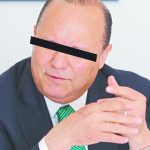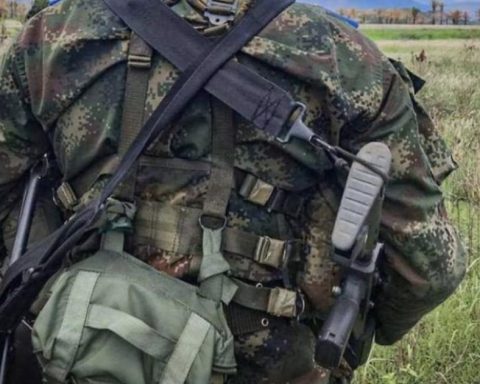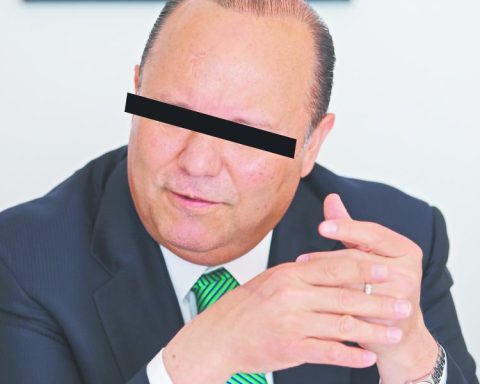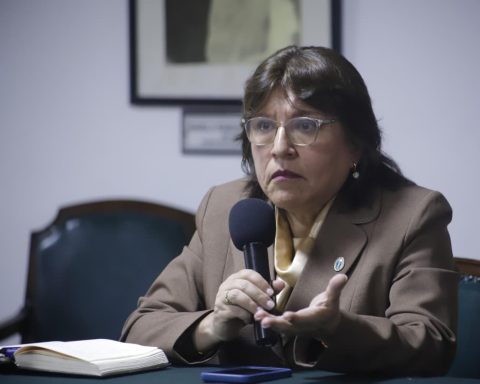The use of the United States dollar in the Cuban economy has an interesting path: it is allowed for a while, then it stops working; After a period, it is accepted again, then it is prohibited and so on… As the saying goes: “one forward and one backward”.
A life saver in the 90’s
It should be remembered that the dollarization process of the Cuban economy since its inception in 1993 served as a stabilization mechanism in the face of the impact of the shock external that produced the disappearance of the ties with the former European socialist countries and the USSR, mainly.
Since that year, the use of the dollar throughout the Cuban economy contributed directly to the consolidation of recovery trends in some areas, since it fostered a new source of income for the country, only surpassed by tourism at that time.
For example, the sales of the so-called Currency Recovery Stores (TRD) in dollars in 1993 represented 13.2% of the total exports of goods and services in Cuba, but in 2001 these already amounted to 23.2%. That is to say, it had a decisive participation so that the State fulfilled its commitments in foreign currency.
The main component of the circulation of dollars in Cuba were family remittances, mostly from the United States. That allowed the growth of the retail market that operated in currencies that, according to estimates, were more than 3 billion dollars at its peak.
Dollarization: the positive side
The increase in transactions in dollars allowed the resuscitation of the productions of several national industries, light, food, packaging, among others. Thus, the sales of domestic products in these stores increased from 170 million dollars in 1996 to more than 576.5 million in 2000, which made it possible for the presence of national products to go from 29% to 51.2% of total store sales. For this reason, it was considered that dollarization had had a positive balance in the national economic performance.
But in 1995 a simile of the dollar began to be issued, which was the convertible peso (CUC), and this created certain conditions in the monetary order to start the de-dollarization process; that is, the beginning of the creation of conditions to replace the free circulation of the dollar.
The de-dollarization that was proposed at the end maintained a monetary system characterized by duality. In this sense, the possibilities of being able to implement the full convertibility of the Cuban peso evidently required much more time, since the structural restrictions were maintained, that is, the structural imbalances of the Cuban economy.
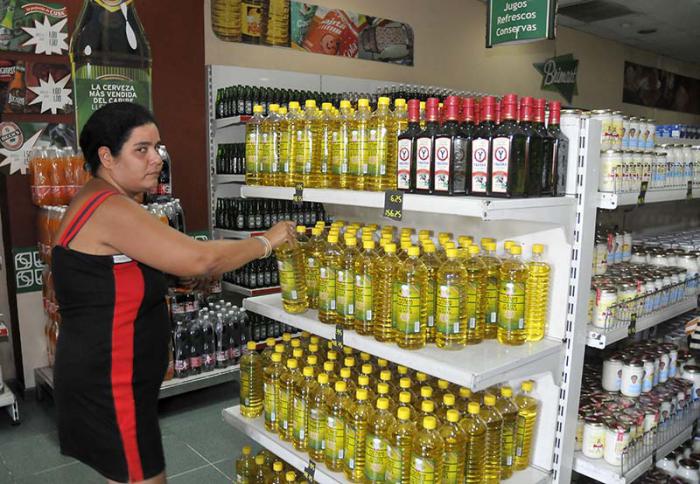
And the CUC arrived
In 2004, Resolution 65 of the Central Bank of Cuba was approved, through which the mandatory use of the convertible peso was introduced in the transactions of Cuban companies. And on December 29, 2004, Resolution 92 was approved, which establishes even more rigid regulations in the management of foreign currency income by companies.
Subsequently, through Resolution 80 of 2004, the Central Bank of Cuba prohibited accepting the US dollar for cash payments, and it was replaced as of November 8 by the CUC, with which it had lived until then. The possession of dollars remained legal on the island.
The measure was a widespread application that affected shops, hotels and restaurants. The only exception was the tourist poles, where the acceptance of euros was to be maintained, restricted to places where it was previously accepted, such as in Varadero. C.With this decision the cycle of measures aimed at promoting the de-dollarization of the Cuban economy was completed.
On October 25, 2004, the ban on the circulation of the US dollar on the island was officially announced. As of November 8, 2004 only “convertible pesos”, which equaled the value of the dollar.
CUC without support: a big problem
The elimination of the circulation of the dollar at that time left open essential questions, such as the fact that a dual monetary and economic system was maintained, and that the exchange rate of 1 for 1 was an overvaluation of the exchange rate. In addition, there was the anchor of the convertible peso to the dollar. But in the end, the conditions that were set for the issuance and circulation of the CUC were not respected, which was to maintain its value against the withdrawing USD.
It is not correct to say that dollarization ceased to exist when the CUC began to circulate, because initially it had its backing in dollars. What should not have happened was the issuance policy irresponsibly adopted by the Cuban government, since many times more CUC was issued than the real support in dollars.
Its nominal value exceeded, according to specialists, more than four times its effective backing in foreign currency. This led to a shortage of CUC stores. Without foreign currency to face them, it was not imported because the debts to the suppliers that supplied the stores were not paid.
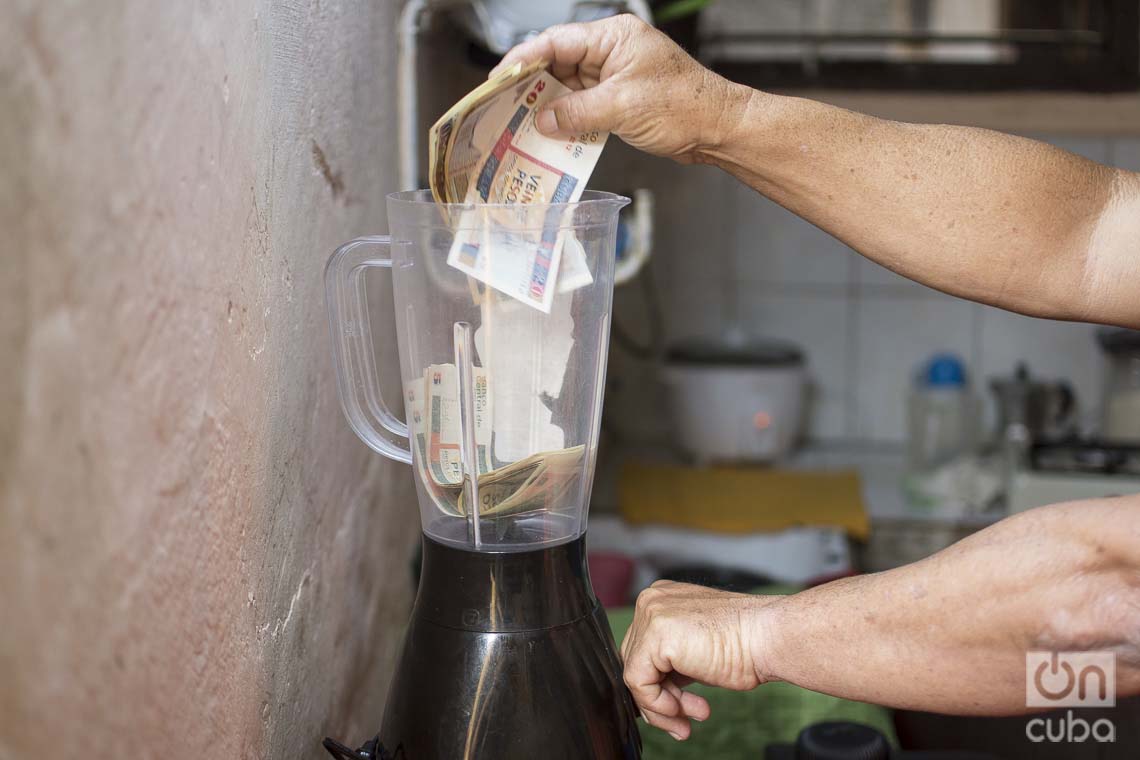
And the MLC arrived
On February 6, 2020 in a official appearance of the Minister of Economy, in relation to the newly opened stores in MLC, expressed the following: “It is a measure that benefits the entire town, regardless of the fact that not all the town can access freely convertible currency and buy these products in the stores, but Those currencies captured by the country, due to its socioeconomic system, are reverted to the benefit of the population. (…) It is a measure that does not affect anyone and benefits everyone”.
The MLC was the denomination that the Cuban Government established to treat as “freely convertible currency”; what pundits began to call the “bank dollar.”
The sale of products food and cleaning, “medium and high” range in freely convertible currency (MLC), expanded as of July 20, 2020 in certain establishments and shopping centers belonging to Tiendas Caribe and the Cimex Corporation.
In the Round Table of July 16, 2020, Ana María Ortega, general director of Tiendas Caribe, stated that of the more than 4,800 existing points of sale, only 72 would offer this service in MLC, implemented as part of the New measures in order to face the crisis.
Where could funds be obtained for these accounts?
The bank accounts in US dollars of natural persons could receive funds through:
- Bank transfers from abroad from banks that have agreements with Cuban banks and in the currencies accepted by them, to which the exchange rate of the day will be applied for conversion to USD.
- Bank transfers from other foreign currency accounts opened in Cuban banks.
- Transfers of remittances received from abroad through FINCIMEX SA, for clients of Banco Metropolitano (BANMET) and Banco Popular de Ahorro (BPA); Remittances received by Western Union are excepted, which until now only delivers cash in CUC.
- US dollar cash deposits.
- Deposits in Euros, British Pounds, Canadian Dollars, Swiss Francs, Mexican Pesos, Danish Krone, Norwegian Krone, Swedish Kroner and Japanese Yen. The exchange rate of the day is applied to register them in the account in USD.
Goodbye to the CUC
At the end of 2020, Cuban President Miguel Díaz-Canel, accompanied by Raúl Castro, announced on Cuban Television that as of January 1, 2021, the Ordering Task would begin: monetary unification. In a period of six months the CUC disappeared.
But the announcement came at one of the most difficult moments for the Cuban economy, hit by the drop in tourism caused by the COVID-19 pandemic; the paralysis or slowdown of the rest of the economy for the same reason; the long crisis in Venezuela, and the tightening of the US blockade, among other factors.
Cuba would thus try to initiate a processof monetary and exchange rate unification on January 1, 2021 with the exit from circulation of the convertible peso (CUC) —parity with the dollar at the official bank rate—, which would leave the Cuban peso (CUP) as the only official currency of the country. , with a single conversion rate of 24 pesos per dollar.
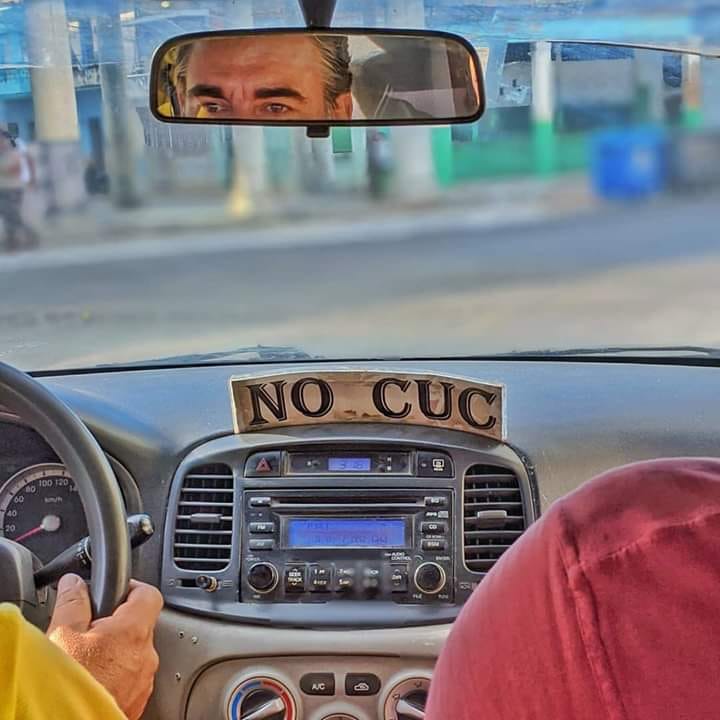
Devaluation: blow to the CUP
The announcement of that rate constituted a severe official devaluation of the national currency, and the issue was a great concern of the population: their savings in CUP immediately lost value.
He June 21, 2021, cash dollars in Cuba are prohibited again. Resolution 176 of 2021 is applied, which prohibited the acceptance of the dollar in cash by banks and non-banking institutions in the country.
The argument used was that the bank vaults had too many dollars with which they could not operate, due to the difficulties imposed by the blockade. However, some time ago the sale of dollars in CADECA had been suspended because the country did not have dollars. What was the truth? At what time were these vaults filled?

and returned the dollar
A few days ago, on April 10, 2023, the Resolution 63 of 2023which repeals the 176 of 2021 —which prohibited the acceptance of the dollar. Did the vaults suddenly get emptied?
Everyone knows that the use of the dollar in Cuban transactions should not have been prohibited. What should have been done was to give priority to the national currency, CUP; the currency in which the country’s wages are paid.
The Cuban economy is bankrupt and given that reality it is very wise to allow the dollar again for bank deposits.
The current measure is adequate, because at least it allows banking a good part of the currency flow, provided there is a guarantee of its full liquidity; and that later it is not subject to “corralitos” that limit its use as “sight deposits”.
However, now, as before, many people they will maintain their skepticismand others their distrust regarding the management of the country’s economic policy and banks as safe and reliable entities.
Other necessary measures
The latest measure is still imprecise and incomplete, since it was only announced that it is allowed to have MLC via deposits of United States dollars.
Other measures would be necessary for the current moment, among which Western Union payments in dollars or in national currency at an exchange rate higher than the official one would have to be considered; and allow the payment of dollars in cash in the new foreign retail stores that are being created in the country, so that foreign suppliers quickly recover the capital that they will invest (this has happened recently in retail in Venezuela).
Cuba does not have time to overcome in the short term the imbalances present in the national reality. The current macroeconomic indicators are very serious, but what is vital is to increase the national supply of goods and services.
More space must be given to the introduction of elements of the market economy so that competition exists, that monopolies of any kind end, and the institutional knots that strangle the Cuban business fabric are truly untied.
De-emphasize “the Cuban state company” and talk about the “Cuban company”, regardless of whether it is state-owned or not. That harmony and linkages between them be promoted.
If a truly comprehensive economic reform is not carried out, we will return to Removable of the dollar in the economy, depending on the economic cycle in which we find ourselves.








